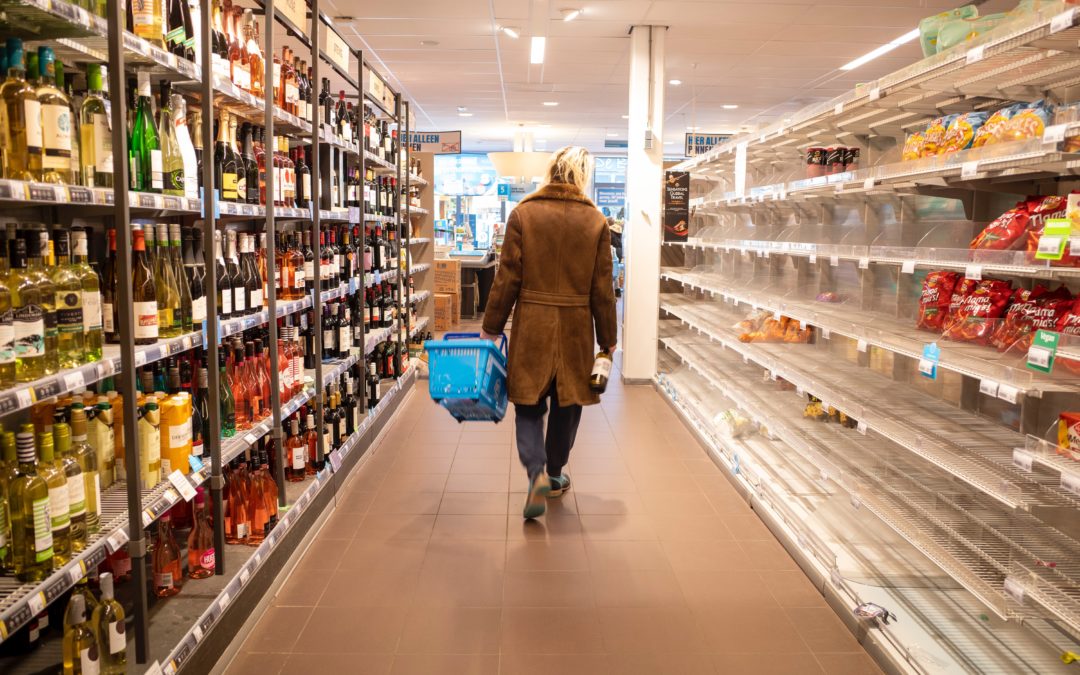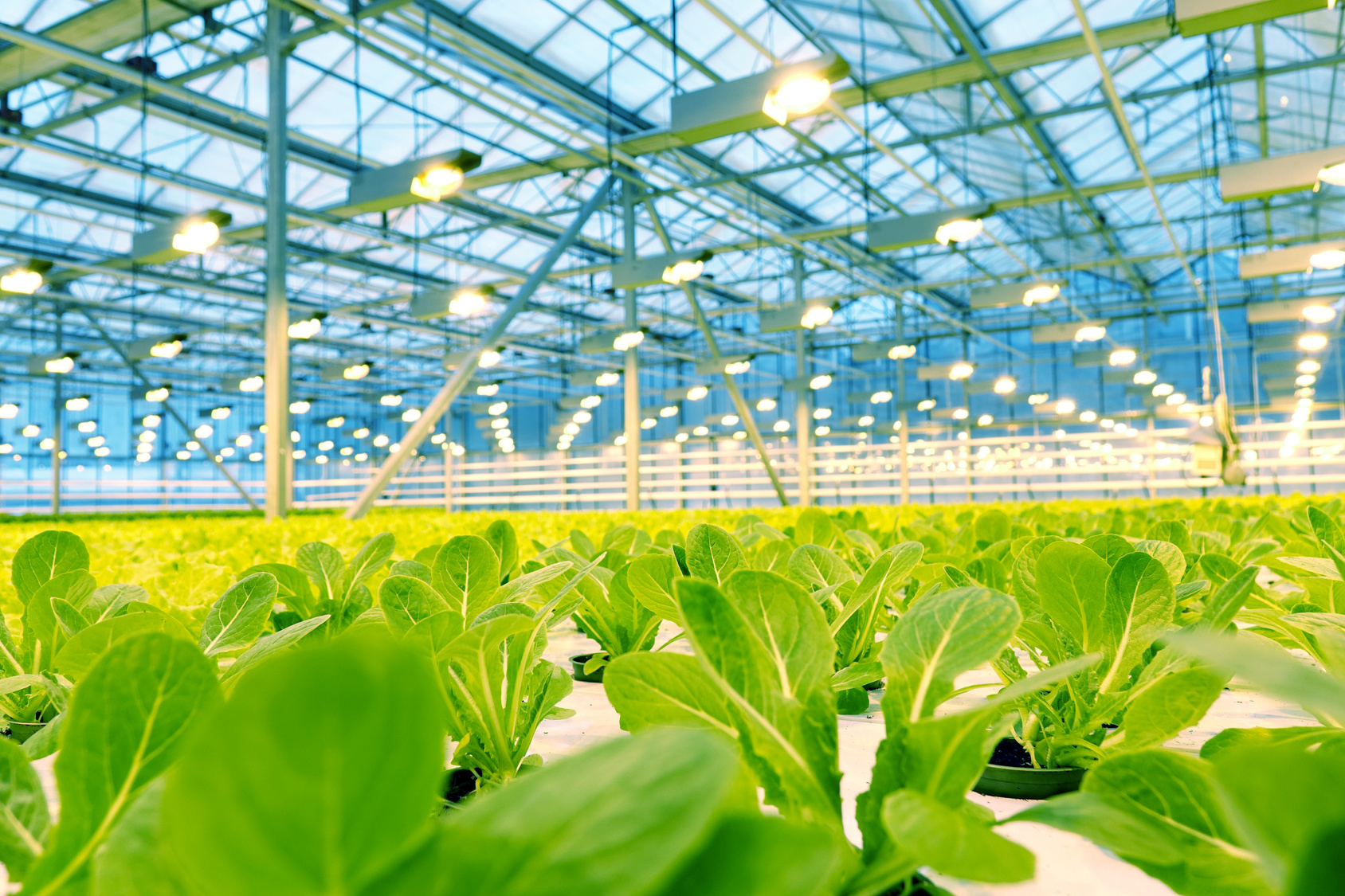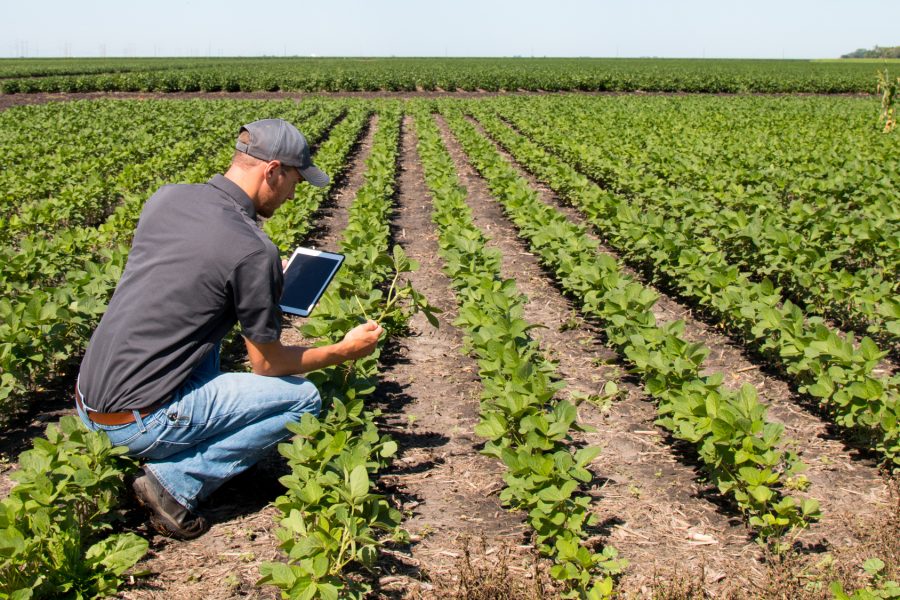Inflation is everywhere, and the increase in food prices is apparent “across the board,” as Miguel Patricio, chief executive of Kraft Heinz, told the BBC in the fall, adding that the rising cost of basic ingredients such as cereals and oils has led the company to up prices on more than half of its products in the U.S.
The situation has only worsened since Patricio made these comments. According to data from the U.S. Bureau of Labor Statistics, the U.S. food cost increased 6.3% in December from a year ago. It’s the highest food inflation since October 2008. It’s not just due to more expensive agricultural commodities. Supply chain disruptions have also impacted food processors’ productivity, and higher energy prices are pressuring distribution costs.
Consumers are using different strategies to adapt and minimize pain. They plan their shopping trips to the supermarket and make substitutes for cheaper items. But it doesn’t have to be this way. Innovation lowers the cost of food in the long run, just like it has helped decrease the cost of computers, flat-screen TVs, and washing machines.
The food industry has already proven that innovation is deflationary.
Post-World War II, Big Ag transformed the US food system by focusing on the mass production of soy and corn, providing affordable, high-calorie food at a large scale. Unfortunately, this led to an influx of ultra-processed and sugar-laden products, contributing to America’s obesity crisis and burdening the healthcare system. Previously, the primary concern was starvation; today, we see a unique opportunity to innovate and reshape the food industry. By leveraging advanced technology and inventive solutions, we can create healthier, more affordable, and accessible food for all, embodying the “Food is Health” philosophy for a sustainable future.
While there is a growing interest in healthier, more nutritious food in the US, “Food is Health” remains expensive compared to processed alternatives. Despite the deflationary nature of innovation, recent advancements in agricultural technologies have not yet significantly lowered healthy food prices. Agrifood tech startups have been booming, with global funding reaching $30 billion in 2020, according to AgFunder data. The trend continued in 2021, with startups raising $24 billion in the first half of the year alone. To fully harness the potential of these investments, we must focus on making healthy food more affordable and accessible through innovative solutions, ultimately benefiting consumers and the environment.
Although AgTech startups have seen a surge in investment, driving innovation in healthy food production, the expected deflationary trend in healthy food costs remains elusive. This indicates a pressing need for increased financial support for visionary entrepreneurs and thriving companies dedicated to developing cutting-edge technologies that can effectively reduce the cost of high-quality, nutritious food for all.
If you look at the U.S. only, investments in agtech startups in the first half of 2021 stood at less than $10 billion. In venture capital, dry powder soared to $220 billion last year, leaving ample room for investors to fund AgTech entrepreneurs and support them.
Categories within agtech that genuinely focus on innovation, such as innovative food or Ag biotechnology, collected less than $1.5 billion respectively in the first six months of last year. Instead, the bulk of the funding still goes to e-grocery. Downstream AgTech startups closer to the consumers have generally raised more funding than upstream startups, although this is slowly changing. The trend reversed for the first time in 2020.
Still, more funding should go to R&D and startups operating closer to the farmers and the supply chain. If that continues, it will create innovative new technologies that deliver quality foods at scale and lower cost.
At iSelect, we are making it a priority to invest in entrepreneurs who are focused on making innovations happen. Areas such as improved nutritional value, better resource efficiency, and better cost controls in the agriculture industry need our attention. Some of our portfolio companies, like Benson Hill and Brightseed, use sophisticated proprietary cloud biology and AI to design healthier, more nutritious food. Companies like Plant Response, Kula Bio, and PatternAg are enabling biological solutions for better soil and crop health.
But only with the additional backing of such agtech startups will innovation take off and translate into lower prices for quality healthy food. A fintech revolution has transformed digital payments in the past few years. Innovation is deflationary; we now need an agtech revolution.






